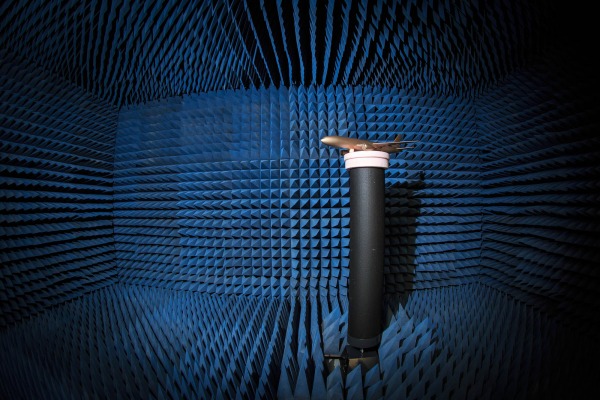Have Glass
The first phase, Have Glass I, covered the addition of an indium-tin-oxide layer to the gold-tinted cockpit canopy. This was a vapor-deposited coating, which was applied in a similar way to the application of coatings to sunglasses. The gold tinting formed a very thin and very delicate film, which was reflective to radar frequencies, and tended to hide the ejection seat and pilot’s head from radar.
When applied to Dutch F-16As, the canopy film was known as the Pacer Bond modification. The first to be modified (J- 358) was delivered on September 5, 1986. The Have Glass II program saw some 1,700 F-16s receiving further changes. Have Glass II encompassed two separate modifications, known as Pacer Mud and Pacer Gem I/II.
Capt Matthew Feeman of the 55th Fighter Squadron, approaches a South Carolina Civil Air Patrol Cessna during an exercise. Feeman's F-16 wears the Have Glass II scheme, which is very well-worn. USAF/Senior Airman Michael Cowley
Pacer Mud was a modification that reduced RCS, adding FMS-3049 RAM to several areas of the airframe, including the air intake, with RAM foam installed behind the radar antenna. The RAM coating contained ferromagnetic particles embedded in a high-dielectric-constant polymer base. The dielectric material slowed down the incoming radar wave and the ferromagnetic particles absorbed the energy. The small reflection from the front face of the absorber was ‘cancelled’ by the residual reflection from the structure beneath it.
Overall, the RAM covered about 60% of the F-16's structure (mainly forward and side facing areas) in 10-12mm thickness, adding 100kg to the empty aircraft weight. Pacer Gem entailed the application of an FMS-2026 top coat that used fiberglass particles to reduce the infrared signature. Relatively few aircraft received the Pacer Gem upgrade, because the costs were too high and the cure times were much longer.
This 149th Fighter Wing, Texas ANG, F-16, with a new, darker, single-color Have Glass V paint scheme, was one of the first to have its markings applied in black, rather than gray. This particular aircraft shot down a MiG-23 with an AMRAAM during a patrol of the Iraqi no-fly zone on January 17, 1993. This was the second kill using the AMRAAM missile. US ANG/Senior Master Sgt Vincent De Groot
Have Glass II was primarily applied to ‘Wild Weasel’ F-16CJ aircraft (now designated as Block 50/52 F-16CM/DMs) tasked with the SEAD role – attacking deadly surface-to-air missile sites. These were mainly assigned to Shaw AFB, Eglin AFB and Spangdahlem AFB. The new paint had a distinct metallic sheen and was applied using the same CASPER (Computer Aided Spray Paint Expelling Robot) system used for the F-22. The use of paint-spraying robots allowed the operator to reach confined areas, such as the inlet ducts and to work without stepping on the aircraft.
Aging disgracefully
The paint looks great on first coming out of the paint barn, but does become metallic and dirty looking in a short period of time. It was also not very resilient, and Have Glass aircraft often had a grubby, faded appearance with a flaking finish. It remains unclear as to whether that was due to the paint itself, or to new ‘environmentally friendly’ primers used on the aircraft.
Have Glass was initially aimed squarely at the USAF's Wild Weasels - those F-16CMs assigned to the SEAD role. Here one of the flagship aircraft from the 20th Fighter Wing tucks in close off his wingman's starboard wingtip. USAF/Tech Sgt Gregory Brook
This original Have Glass I/II phase was estimated to reduce the RCS of an F-16 by about 15%, but more was to come. Since 2012 (and possibly a little before), USAF F-16s have started to receive a new, single-tone, dark-gray color scheme, similar to that applied to the F-35 Lightning II Joint Strike Fighter. The new, single-color paint scheme marks a departure from the two-tone gray scheme long associated with the F-16, and the new ferromagnetic paint, which can absorb radar energy, may be more robust and less prone to deterioration than the previous Have Glass I/II paint.
Some Have Glass V aircraft may appear to have a different colored nose, because radar-absorbing paint cannot be applied to the dielectric radome (nor indeed can most conventional aircraft paints), as it may disrupt the signals from the F-16’s own radar.
Probably the stealthiest F-16 was this Lockheed-operated testbed, which was fitted with a diverterless supersonic inlet in support of the F-35's development. Lockheed Martin
But while there are clear similarities with the F-35 color scheme, Have Glass V is not an attempt to match the F-35’s low-observability characteristics – which would be impossible without a ground-up redesign. It will, however, deliver a significant boost to the F-16’s survivability and operational capability, and it promises to deliver a performance advantage over competing fighter aircraft, with
several reports suggesting that a Have Glass V F-16 will, on average, have a 1.2m² radar cross section, compared with about 5m² for an ‘untreated’ F-16, straight off the line.
This new Have Glass V, or ‘Have Glass 5th-generation’ paint, was initially applied to the SEAD-assigned Block 50 F-16CM (formerly F-16CJ) aircraft, but, in December 2019, the first Block 30 F-16 to receive the Have Glass V paint was rolled out from the Iowa Air National Guard Paint Facility in Sioux City. The aircraft was assigned to the 149th Fighter Wing, Texas ANG, flying out of Joint Base San Antonio-Lackland. Interestingly, the two-letter tail code, serial number and squadron markings were all applied in black instead of light gray.
Two views of the same F-22 maneuvering over the US Central Command area of responsibility, after being refueled by a KC-135 Stratotanker from the 340th Expeditionary Air Refueling Squadron, based at Al Udeid Air Base, Qatar. The lighting makes the same colour scheme look very different. Both images taken by USAF/Staff Sgt Vernon Young Jr
Less detectable signature
In Europe, the new Have Glass V paint scheme has been applied by SABCA at its Gosselies (Charleroi) facility, in Belgium. SABCA is responsible for depot-level MRO work on USAF F-16s operated in Europe, and for the maintenance and upgrade of the type from nine different operators.
Apart from surface treatments, one of the most crucial things that can be done to make a fourth-generation fighter stealthier is to better manage its electronic signature, making it less detectable through the emissions that it puts out. This means using secure, frequency-agile communications systems and datalinks, and sensors which incorporate LPI (low probability of intercept) technologies.
The shiny metallic finish of the Have Glass II paint is immediately apparent in this view of F-16CM Fighting Falcons from the 480th Fighter Squadron at Spangdahlem Air Base in Germany. USAF/Airman 1st Class Dillon Davis
Fighting Falcons at Joint Base Andrews, Maryland received the first AN/APG-83 radars in January 2020 and in July, the Operational Flight Program Combined Test Force, 40th Flight Test Squadron and the 85th Test and Evaluation Squadron at Eglin AFB, tested the APG-83 in a four-ship formation for the first time. This mission included F-16s and F-15s, with 12 fighter pilots participating, including Active Duty, Reservist, Guard, civilian and contractor aircrew.
None of these improvements will turn the F-16 into a fifth-generation fighter, and none will render it invisible to enemy radar, but they will make it less visible and they promise to make it a whole lot more effective operationally.


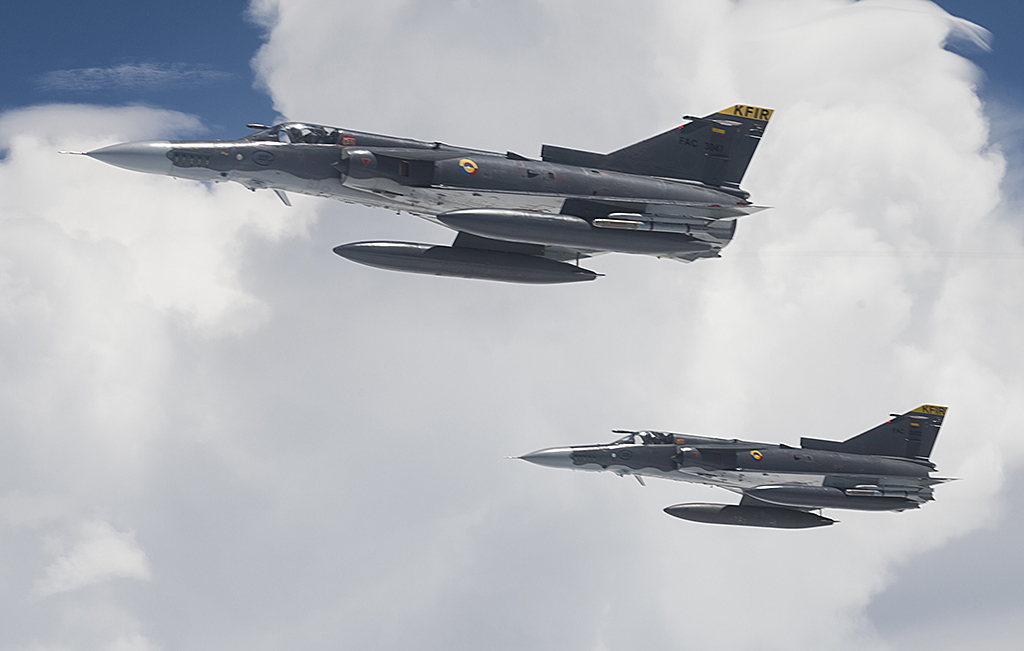
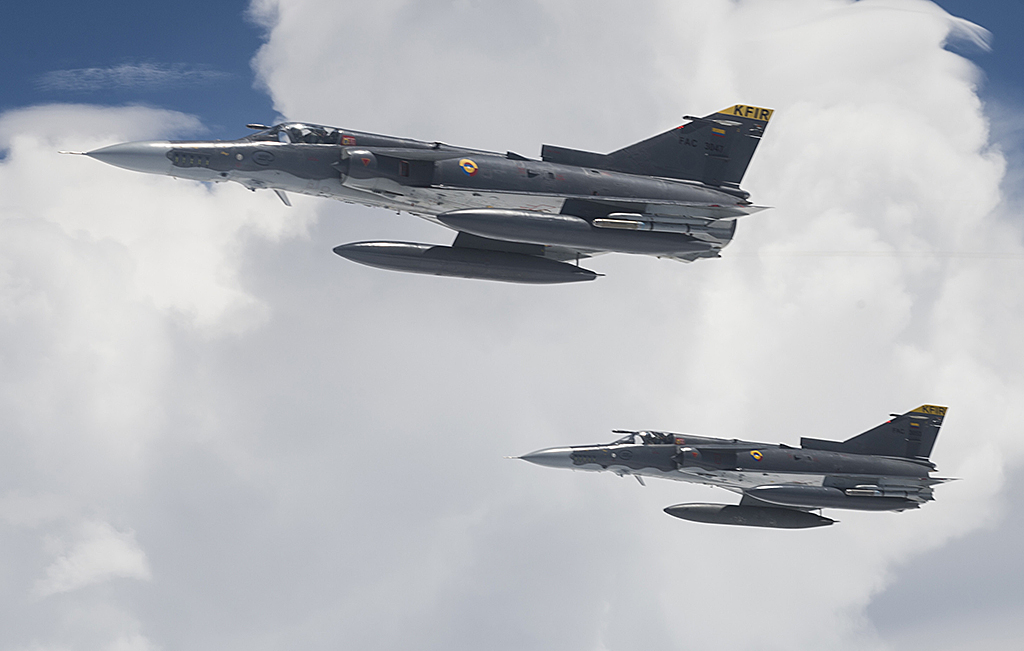




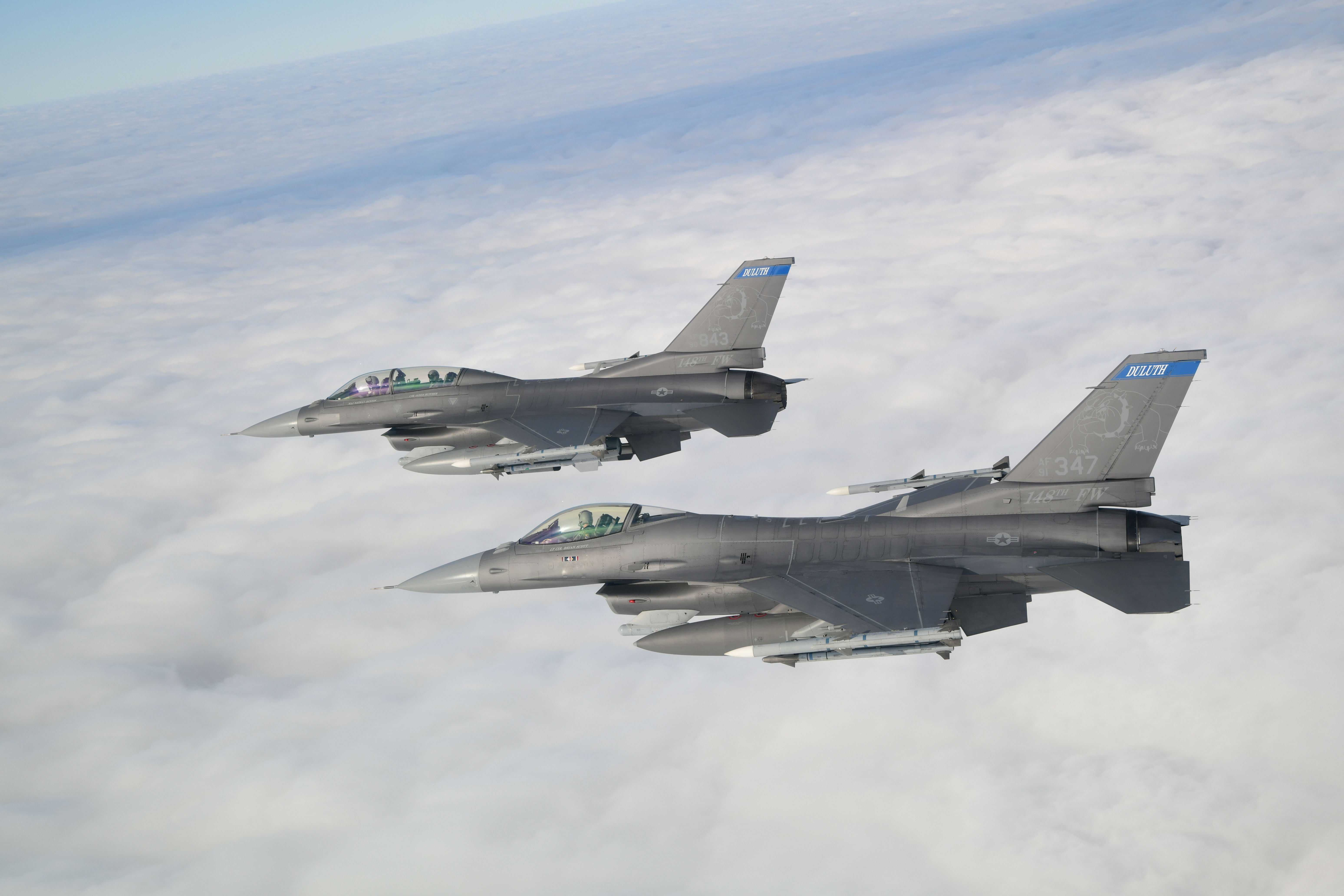
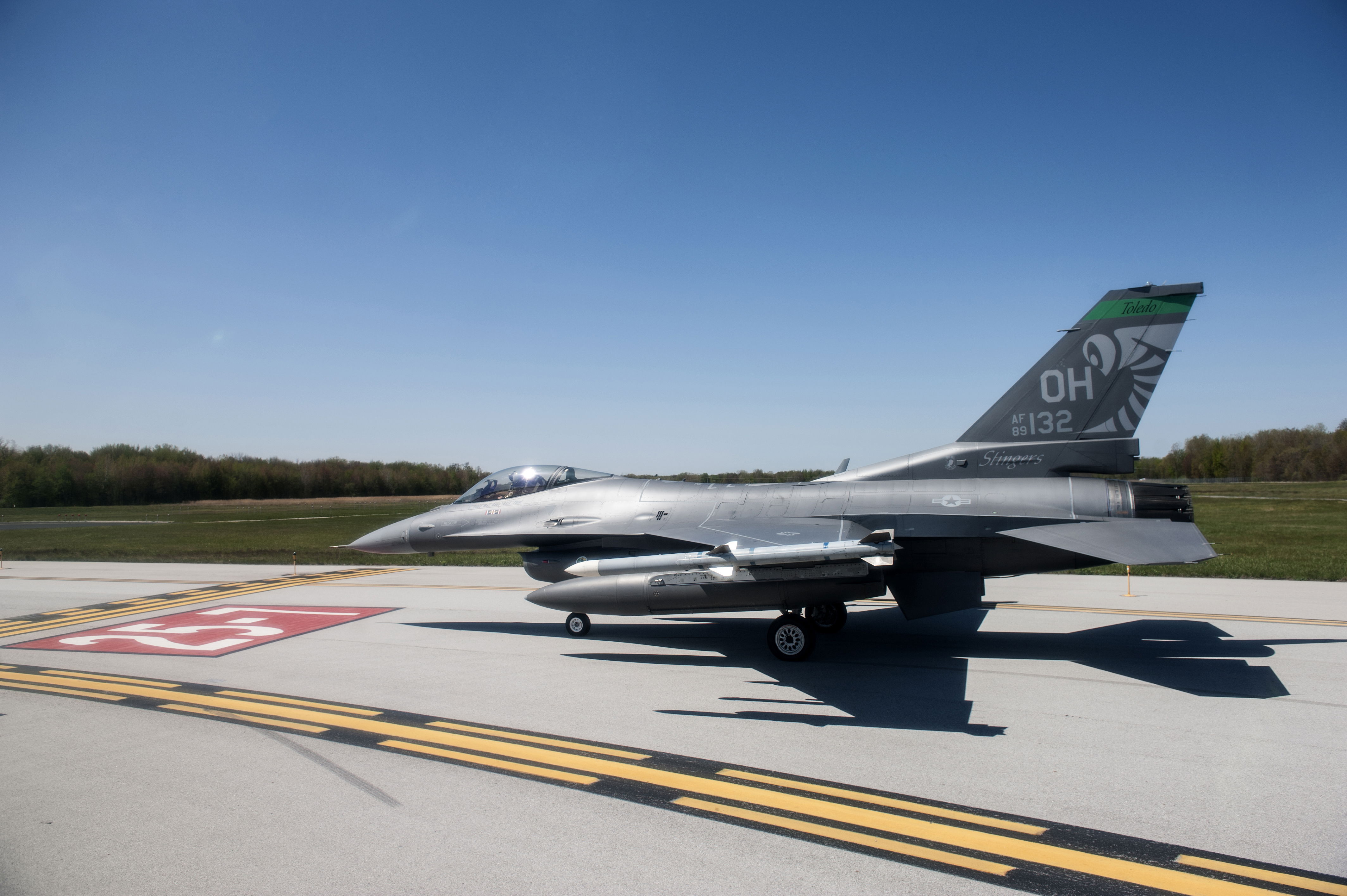
![F-16 Have Glass [USAF/Senior Airman Michael Cowley] F-16 Have Glass [USAF/Senior Airman Michael Cowley]](https://fullfatthings-keyaero.b-cdn.net/sites/keyaero/files/inline-images/6%29%20LM%20F-16CM%20SW%20worn_Falcon_Fighting_-_091119-F-7323C-292.jpg)
![F-16 Have Glass [US ANG/Senior Master Sgt Vincent De Groot] F-16 Have Glass [US ANG/Senior Master Sgt Vincent De Groot]](https://fullfatthings-keyaero.b-cdn.net/sites/keyaero/files/inline-images/15%29%20191217-Z-KZ880-047.jpg)
![F-16CMs Have Glass [USAF/Tech Sgt Gregory Brook] F-16CMs Have Glass [USAF/Tech Sgt Gregory Brook]](https://fullfatthings-keyaero.b-cdn.net/sites/keyaero/files/inline-images/4%29%20170721-F-OH871-0390.jpg)
![F-16 stealth testbed [Lockheed] F-16 stealth testbed [Lockheed]](https://fullfatthings-keyaero.b-cdn.net/sites/keyaero/files/inline-images/2%29%202010_f16_dsi_02_1267828237_7281%20%283%29.jpg)
![F-22A Raptor [USAF/Staff Sgt Vernon Young Jr] F-22A Raptor [USAF/Staff Sgt Vernon Young Jr]](https://fullfatthings-keyaero.b-cdn.net/sites/keyaero/files/inline-images/8%29%20F-22%201317495.jpg)
![F-22A Raptor [USAF/Staff Sgt Vernon Young Jr] F-22A Raptor [USAF/Staff Sgt Vernon Young Jr]](https://fullfatthings-keyaero.b-cdn.net/sites/keyaero/files/inline-images/8a%29%20F-22%201317491.jpg)
![F-16CMs - Have Glass II [USAF/Airman 1st Class Dillon Davis] F-16CMs - Have Glass II [USAF/Airman 1st Class Dillon Davis]](https://fullfatthings-keyaero.b-cdn.net/sites/keyaero/files/inline-images/5%29%20LM%20F-16CM%20SP%20have%20glass%20II%20663164.jpg)


